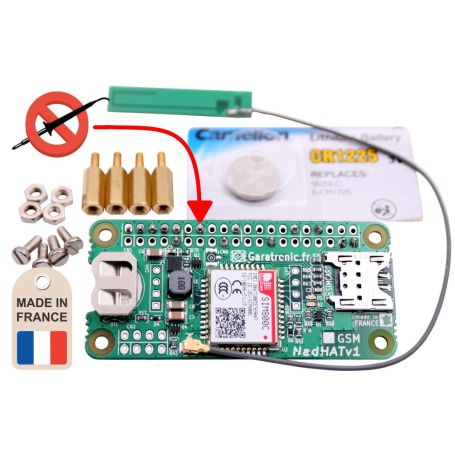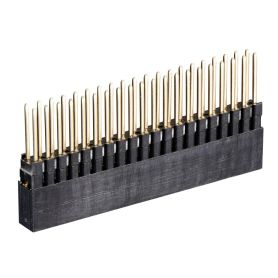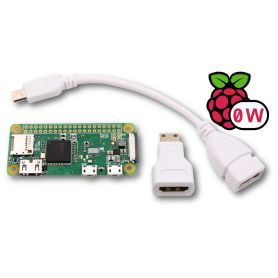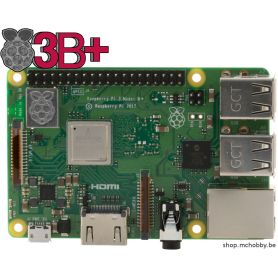NadHAT GSM/GPRS + SOLDERED HEADER - SIM800C - v1
HAT module GSM/GPRS for Raspberry-Pi
- SIM800C (GSM/GPRS)
- 2G,
- Antenna sticker
- Connector already soldered
Payments are secured by LyraCollect, a French payment collection company.
It is possible to delivered to your home, to a pick-up point or picked up by appointment at MCHobby
We prepare, pack and ship your orders with great respect and care.
A 2G GSM board ready to use - connector soldered on board
Who has not dreamed for placing a Pi Zero/Raspberry-Pi in his country house to receive , at regular intervals, telemetry information and event occurring at a distance.
Need to send an SMS during an intrusion attempt or create an SMS sending server?
For that matter, why not send an email, photos, FTP transfer, communicate data MQTT from a remote place with no WiFi, no internet connection,... In short, lost in the middle of nowhere without anything but a source of electricity (or a battery) and the GSM network.
Look no further, you have just discover the ideal product for this type of activity... the HAT NADHAT GSM to pair with your Raspberry-Pi (or the future PYB405 under MicroPython).
No soldering required!
The connector is already soldered on board! Plug it on the Pi and start using it in a minute.
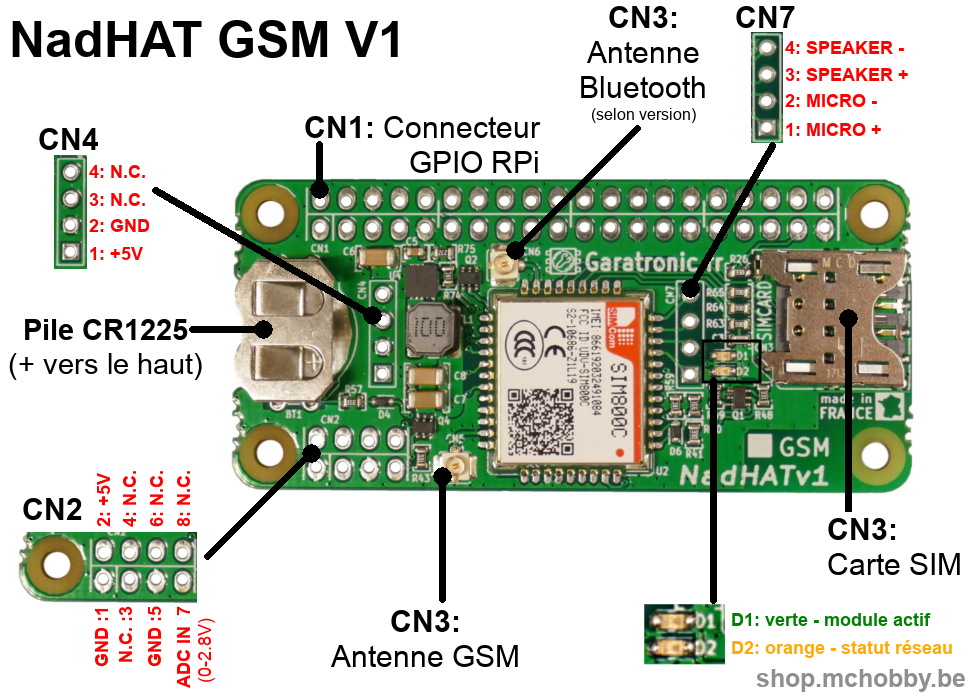
The NADHAT board is equipped with a SIM800C module for 2G network (network promised to stop for a long time but still very active both in France and Belgium). Thanks to the NadHat GSM, it becomes possible to make internet connections via the GSM network (so-called ppp connection), send/receive SMS by exploiting AT commands, create an SMS server (see tutorial), use Python code to control the board (see the GitHub NadHat).
NadHat GSM works using the serial port available on the GPIO of Raspberry-Pi (/dev/ttyAMA0, 115200 bauds, 8N1).
The NadHat GSM already includes an antenna. If you need a more sensitive antenna, you could have a look to that +3dB multi-band antenna.
NO BLUETOOTH support!
This version of the board doesn't bring the SIM800c Bluetooth support! If you needs Bluetooth support then you have to look to the version GSM-BT of the NADHAT-GSM board.
Warning:
This product requires a SIM card to work! SIM card previously registered on the mobile network. Depending on the operator, it is sometimes necessary to make a first call from a Mobile/GSM/Smartphone in order to activate the SIM card on the module network.
A 5V power supply capable of developing 2.5A without flinching will also be necessary (example: Raspberry-Pi 2.5A power supply).
Content
For each order, you'll receive an assembled and tested NadHat GSM v1 board, an µFL sticker antenna, the fastenings to fix the board on your Pi (screw, spacer, nut), 40-pin connector already soldered on board, a CR1225 battery. Notice available in French and English.
Raspberry-Pi, SIM card, power supply not included. You will probably find your happiness in the range Pi Zero, Raspberry Pi 3 or Raspberry Pi 4.
On video
You can discover the NadHat video on the following links:
- First AT command: https://youtu.be/s04e4EbnwZI
- Assemble the NadHAT : https://youtu.be/zooOiUvy9Dc
- See also the article by Framboise314 on NADHAT.
Technical details
- GitHub NadHAT for data sheet, schema, example code, etc..
- Data sheets SIM800 and others available on the GitHub NadHat.
- NadHAT notice - many explanations (French/English pdf)
- Garatronic forums (the manufacturer).
- NadHat welcom page (Garatronic, fr/eng)
Tutorial
This board produced by Garatronic France benefits from excellent documentation in French online.
- ppp configuration with NadHat (Internet connection via the NadHat)
- Send an SMS when a Pi GPIO changes state
- Send an SMS online with gammu-smsd service
- Detect the receipt of an SMS with Node-RED
- Using with MicroPython (Github, MCHobby)
- ... and many others
To discover also, this excellent article of discovery on the NadHat published on the site of Framboise314
- NadHAT board to send and receive SMS with Raspberry-Pi (Framboise314, French)

